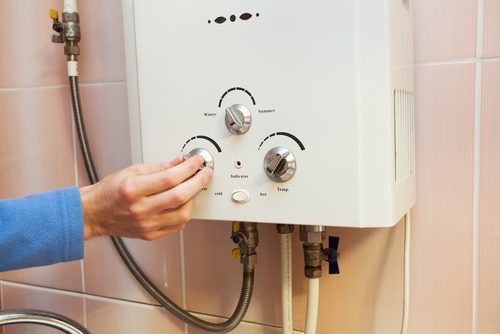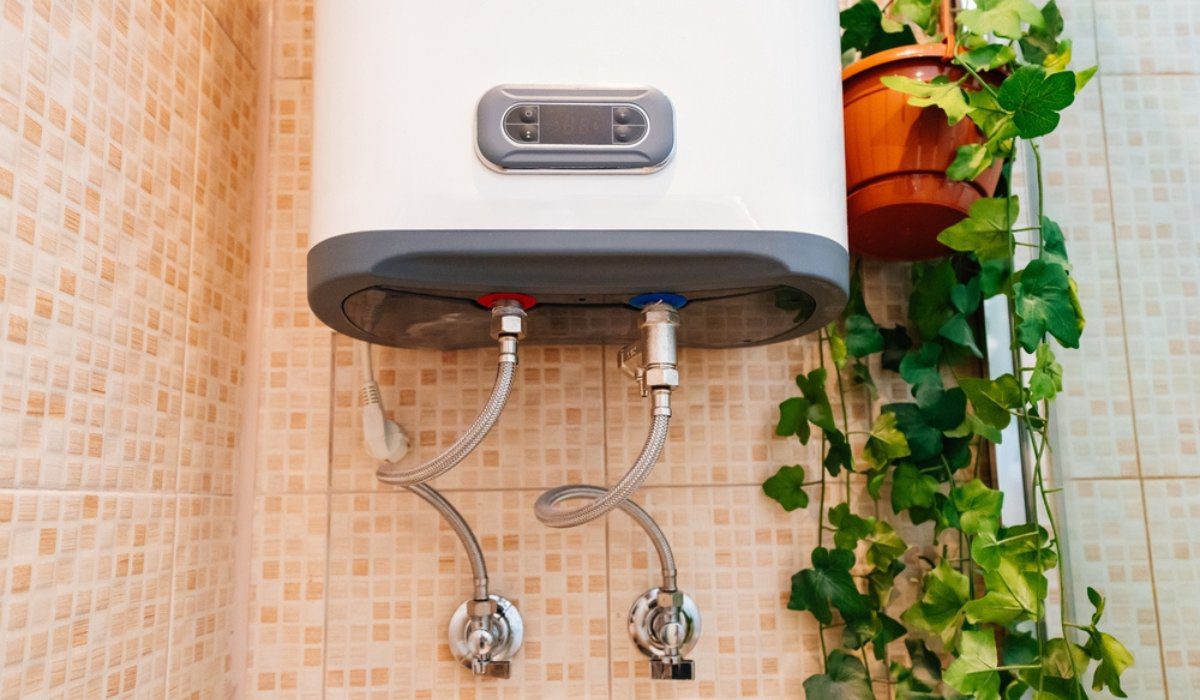Maintaining Your Home's Hot Water System: Important GuidelinesExpert Advice for Caring for Your Home's Hot Water SystemSteps to Effectively Care for Your Home's Hot Water System
Maintaining Your Home's Hot Water System: Important GuidelinesExpert Advice for Caring for Your Home's Hot Water SystemSteps to Effectively Care for Your Home's Hot Water System
Blog Article
What are your thoughts on What Kind of Maintenance Do Water Heaters Need??

Warm water is essential for everyday comfort, whether it's for a revitalizing shower or cleaning dishes. To ensure your hot water system runs effectively and lasts much longer, regular maintenance is essential. This post supplies sensible tips and insights on exactly how to maintain your home's hot water system to prevent interruptions and expensive fixings.
Intro
Keeping your home's warm water system could appear daunting, but with a few simple steps, you can ensure it operates efficiently for several years ahead. This overview covers everything from understanding your hot water system to do it yourself upkeep ideas and knowing when to hire professional aid.
Value of Maintaining Your Hot Water System
Normal maintenance not only expands the life-span of your warm water system yet also ensures it runs successfully. Disregarding upkeep can cause reduced performance, greater energy bills, and even early failing of the system.
Indications Your Hot Water System Requirements Maintenance
Knowing when your warm water system requires interest can avoid major issues. Look out for indicators such as irregular water temperature, unusual sounds from the heating system, or rustic water.
Purging the Hot Water Heater
Flushing your water heater gets rid of sediment buildup, boosting performance and extending its life.
Checking and Changing Anode Rods
Anode rods prevent deterioration inside the storage tank. Inspecting and changing them when worn is essential.
Complex Concerns Needing Professional Aid
Examples consist of major leakages, electric issues, or if your water heater is continually underperforming.
Routine Specialist Upkeep Benefits
Expert maintenance can consist of complete evaluations, tune-ups, and making certain compliance with safety and security requirements.
Inspecting and Changing Temperature Setups
Adjusting the temperature settings makes certain ideal efficiency and safety.
Do It Yourself Tips for Maintenance
You can do a number of upkeep tasks yourself to maintain your warm water system in top condition.
Looking for Leaks
Consistently inspect pipelines and connections for leakages, as these can lead to water damage and greater bills.
Comprehending Your Warm Water System
Before diving right into upkeep tasks, it's handy to understand the fundamental parts of your hot water system. Usually, this consists of the hot water heater itself, pipes, anode poles, and temperature controls.
Regular Monthly Upkeep Tasks
Routine regular monthly checks can assist catch small problems before they intensify.
Examining Stress Alleviation Valves
Evaluating the pressure safety valve guarantees it works appropriately and prevents extreme pressure buildup.
Shielding Pipes
Shielding hot water pipes lowers warmth loss and can conserve power.
When to Call a Specialist
While DIY upkeep is valuable, some issues need professional experience.
Conclusion
Routine upkeep of your home's warm water system is vital for effectiveness, longevity, and cost savings. By following these suggestions and understanding when to seek professional help, you can make sure a reliable supply of hot water without unexpected disruptions.
Water Heater Maintenance Tips
Test the TPR Valve
Shut off the power and the cold-water supply valve. Place a bucket under the pipe connected to the temperature-pressure-release (TPR) valve on the top or side of the tank. (This valve opens if the tank pressure gets too high.) Lift the valve’s tab to let some water out, then let go. If water keeps flowing, drain the tank partway, unscrew the old valve with a pipe wrench, and install a new one. Check the Anode Rod
Put a hose to the tank’s drain cock and let out a few gallons of water. Now fit a 1 1/16-inch socket onto the rod’s hex head on top of the heater (or under its top plate) and unscrew the rod. If it’s less than ½ inch thick or coated with calcium, buy a new one, wrap its threads with Teflon tape, put it back in the tank, and tighten securely. Use this segmented rod if headroom above the tank is limited. Drain the Tank and Wash Out Sediment
Drain the remaining water in the tank into the bucket, then stir up the sediment on the tank’s bottom by briefly opening the cold-water supply valve. Drain and repeat until clean water comes out of the hose. Close the drain cock, refill the tank, and turn its power back on. Adjust the Temperature
Find the temperature dial on the side of the tank and unscrew its cover. Adjust the dial to 120 degrees using a flathead screwdriver. For every 10 degrees the temperature is lowered, you can expect to save up to 5 percent in energy costs. Turn the water heater off or the thermostat down to its lowest setting if you plan to be away from home for more than three days. Insulate the Pipes
Buy some self-sticking 3/8-inch-thick foam pipe insulation that matches the pipes’ diameter. Slide the foam over the hot-and cold-water pipes as far as you can reach. Insulating the cold-water pipe prevents condensation in summer. Peel the tape and squeeze the insulation closed. If the pipe is 6 inches or less from the flue, cover it with 1-inch-thick unfaced fiberglass pipe wrap. https://www.thisoldhouse.com/plumbing/21016402/how-to-maintain-a-water-heater

As an enthusiastic reader on Tips on Maintaining a Water Heater, I figured sharing that piece of content was smart. Appreciated our content? Please share it. Let others locate it. Thanks for your time. Kindly check up our blog back soon.
Further Details Report this page